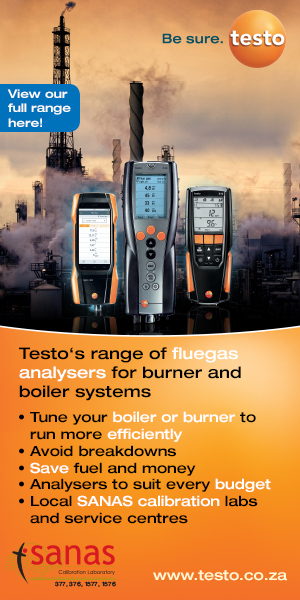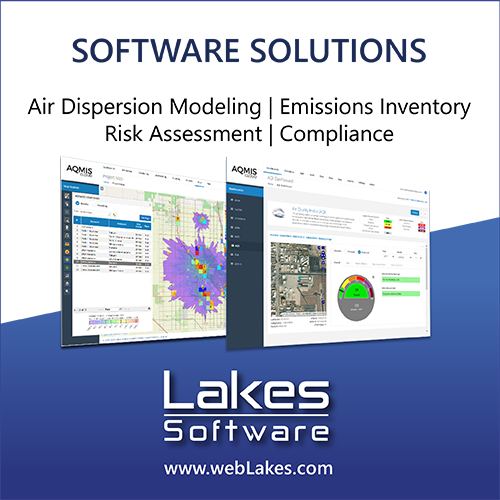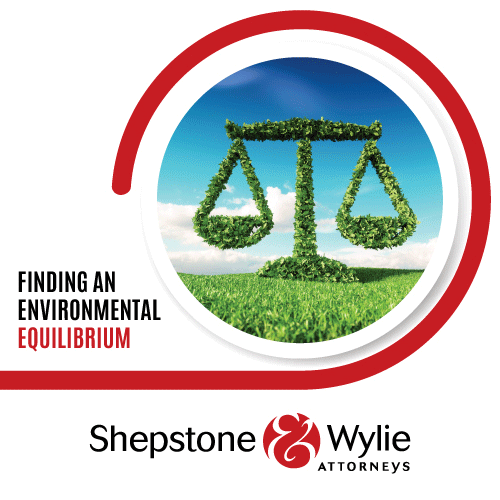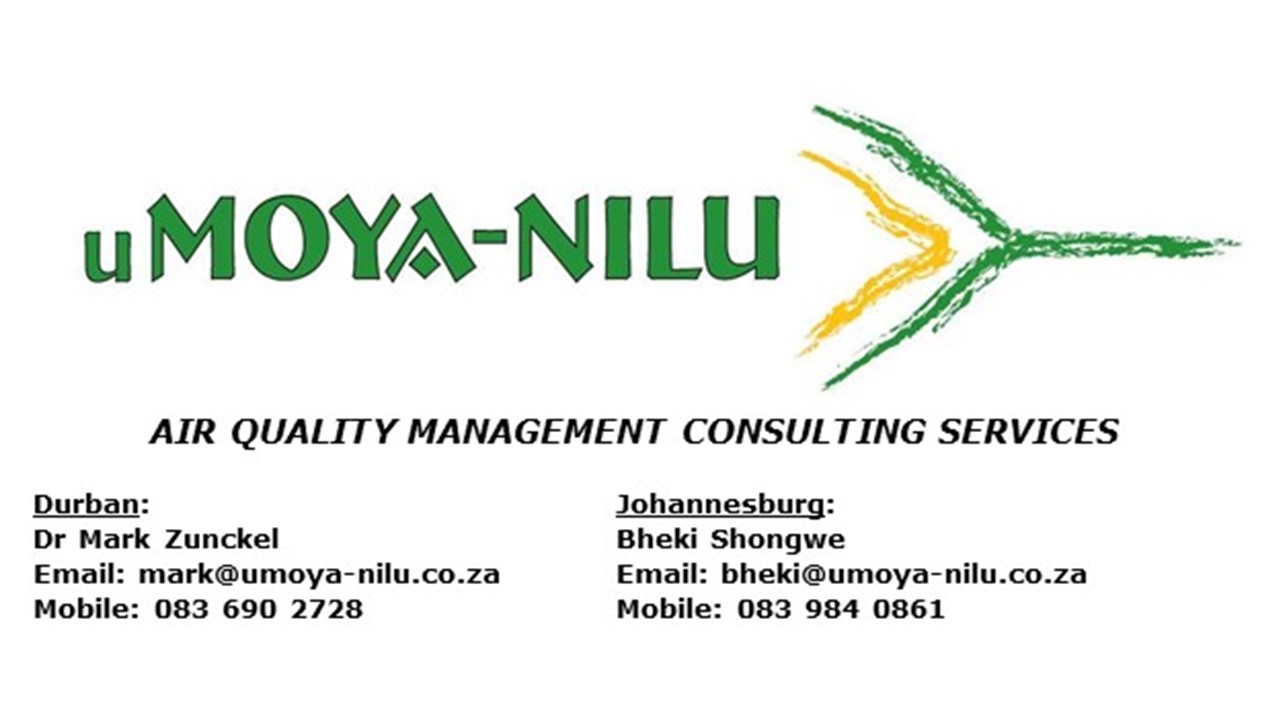Does apparent temperature modify the effects of air pollution on respiratory disease hospital admissions in an industrial area of South Africa?
DOI:
https://doi.org/10.17159/caj/2021/31/2.11366Keywords:
Particulate matter, SO2 , apparent temperature, respiratory disease, hospital admissions, South Africa, case-crossoverAbstract
Background: Temperature and air pollution are often treated as separate risk factors and very few studies have investigated effect modification by temperature on air pollution, and the impact of this interaction on human health in Africa. This study therefore investigated the modifying effects of temperature on the association between air pollution and Respiratory disease (RD) hospital admission in South Africa.
Methods: RD admission data (ICD10 J00-J99) were obtained from two hospitals located in Secunda, South Africa beween 1 January 2011 to 31 October 2016. NO2, SO2, PM10, PM2.5, temperature and relative humidity data were obtained from the South African Weather Services. A case-crossover epidemiological study design was applied and lag0-1 was used. Models were adjusted for public holidays and Apparent Temperature (Tapp). Tapp was classified as warm (Tapp>75th percentile), cold (Tapp<25th percentile) and normal (Tapp 25th-75th percentile).
Results: Of the 14 568 RD admissions, approximately equal number of females and males were admitted. The average daily NO2, SO2, PM2.5 and PM10 levels were 12.4 μm/m3, 8.5 μm/m3, 32.3 μm/m3 and 68.6 μm/m3, respectively. Overall, a 10 μm/m3 increase in SO2 on warm days was associated with an increase in RD hospital admissions among the patients by 8.5% (95% Conf. Int: 0.4%, 17.2%) and 8.4% (95% Conf. Int: 0.3%, 17.1%) after adjustment for PM2.5 and PM10 respectively. However, increasing PM2.5 or PM10 by 10 μm/m3 was associated with an increase in RD hospital admissions when the temperature was normal after adjusting for SO2. On cold days there were significant associations between the SO2 and RD admissions among the 0-14 year age group after adjusting for either PM2.5 (6.5%; 95% Conf.Int: 0.9%, 12.4%) or PM10 (5.5%; 95% Conf.Int: 0.3%, 11.1%).
Conclusions: SO2 was affected by extremes of temperature while the particulate matters had effect on RD admission during normal temperature in Secunda.
Downloads
Downloads
Published
Issue
Section
License
Copyright (c) 2021 Bukola Olutola, Janine Wichmann

This work is licensed under a Creative Commons Attribution 4.0 International License.

All articles are published under a Creative Commons Attribution 4.0 International License; copyright is retained by the authors. Readers are welcome to reproduce, share and adapt the content without permission provided the source is attributed.








.png)